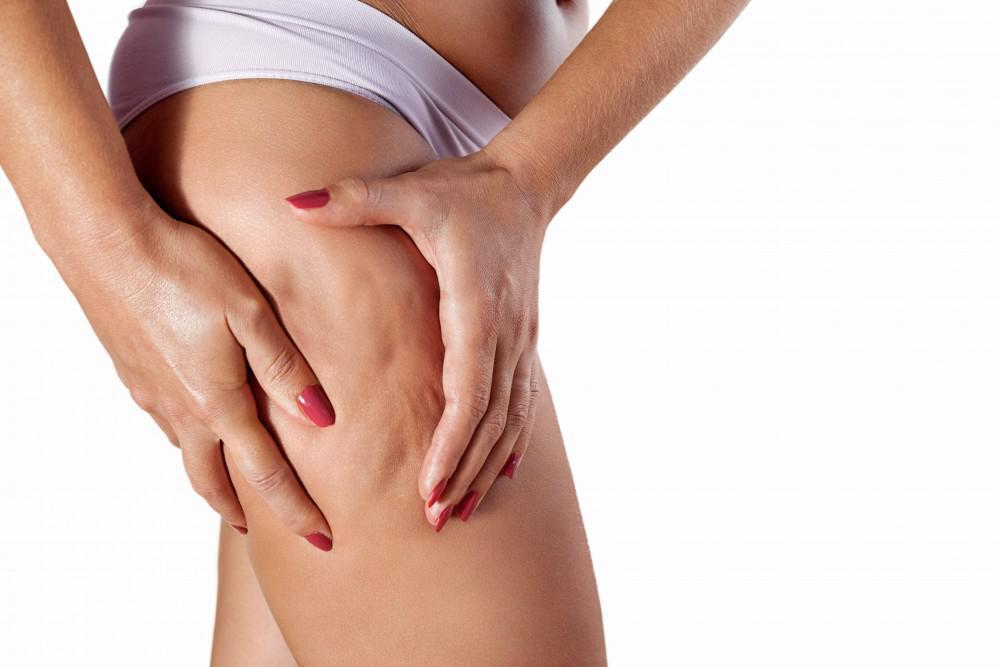Women naturally transition from their reproductive years to the period where their menstruation starts to change. This transition is perimenopause, and it usually begins in around 40s and ends when menopause begins, which is around 50s. There isn’t a certain age for how long perimenopause will last, but that can be from one year to 10 years.
What is happening during perimenopause?
Hormones are changing their levels, and the results are different changes such as night sweats, hot flushes, sleep disturbances, heavy menstrual bleeding, vaginal changes, memory changes, urinary changes, and lower sex desire.
For some women, perimenopause is an easy period, but for many others, the perimenopause symptoms create a range of discomforts. Because hormones fluctuate unpredictably, lower estrogen and declining progesterone can cause migraines, weight gain, nausea, sore breasts, night sweats, sleep problems. For this group of women, perimenopause can be troublesome physically and emotionally.
For some women, perimenopause can be quite exausting
That is why women are searching for solutions that can help them reduce perimenopause symptoms. If you live in Australia, there are specialized clinics such as menopause clinic in Perth like Australian Menopause Centre which can provide many different treatments to ease your perimenopause and menopause symptoms.
Perimenopause symptoms
The first sign of perimenopause will be an abnormality in the menstrual circle. Commonly, women experience very heavy bleeding where large pads or tampons cannot contain it. This brings women at risk of anemia. If you notice these changes, contact your doctor as he can improve your iron levels. The doctor will most probably include therapy to reduce bleeding.
Hot flushes and night sweats are well-known signs of perimenopause, and for some women, they can continue even after menopause. Interestingly, 20 to 30% of women never have them. When women are experiencing a hot flash, she will suddenly feel the heat in her upper body and then in a whole body, which will cause sweating, and sometimes cold chill afterward.
Sleep changes appear for most women in menopause. Night sweats will most probably be the cause for waking up, and women will have a problem to fall asleep again. Some women have a problem to fall asleep when they go to bed, so for every woman is different.
Hot flushes can appear during perimenopause
Vaginal changes are infallible perimenopause sign. As estrogen and progesterone levels decline, vaginal tissue becomes less flexible, drier, and vaginal walls become thinner. This tissue becomes more prone to cracks, so women experience pain and irritation during penetration.
Many other possible symptoms can affect you physically and mentally. You can inform about them at https://www.menopausecentre.com.au/information-centre/articles/perimenopause-what-to-expect/ and be better prepared when it comes to perimenopause and menopause.
Final word
These perimenopause changes are an introduction for menopause, where your body is trying to adjust to changes. Your body needs this time as the changes are not small, but you don’t have to wait and struggle until everything is over. Time is precious, so find a good doctor to lead you.











